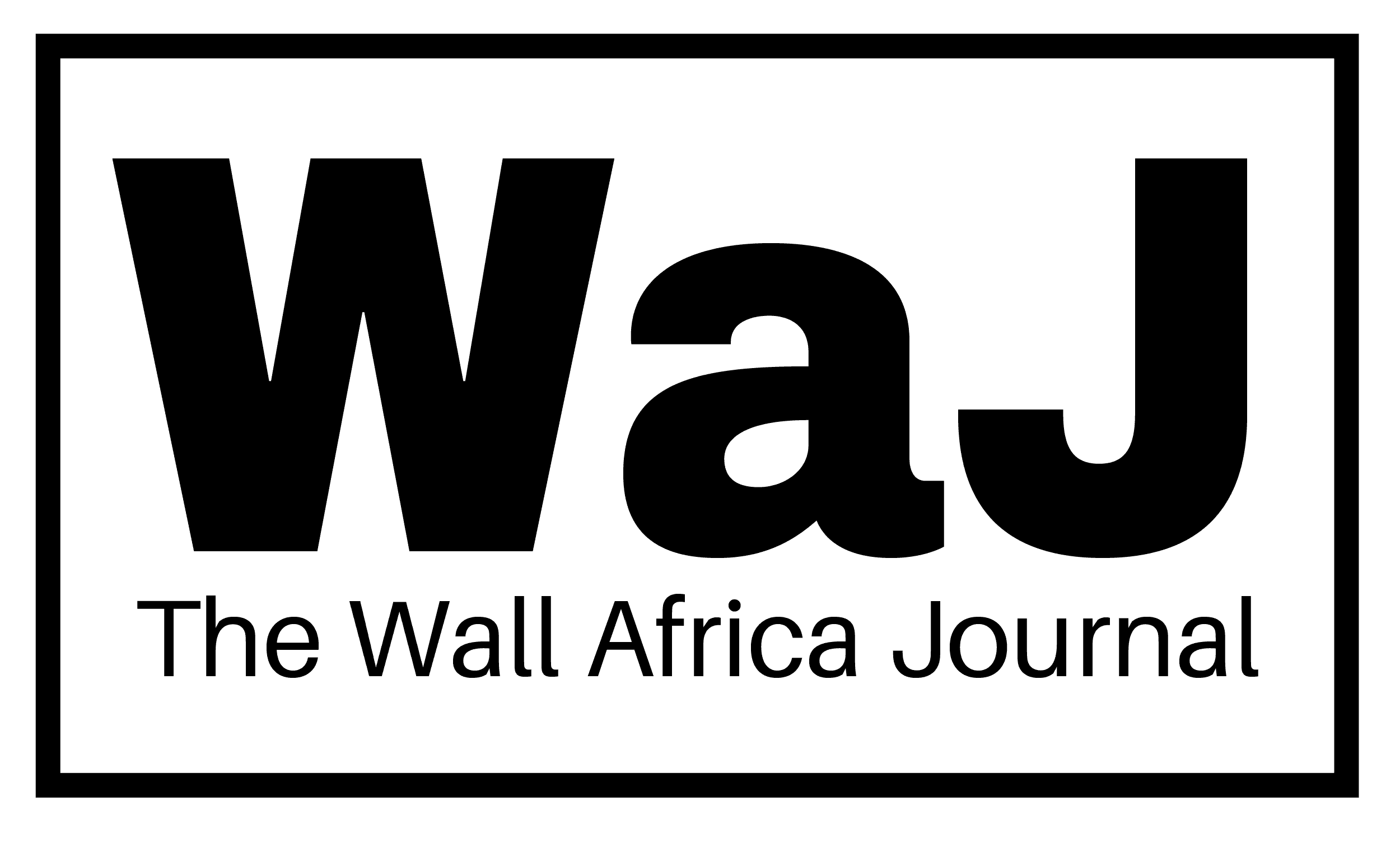The African Development Bank (AfDB) has revealed plans to establish a new continental initiative designed to support and expand Africa’s carbon market ecosystem. The move is part of broader efforts to attract more climate finance to the region, which continues to bear the brunt of climate-related disasters despite contributing minimally to global emissions.
The proposed Africa Carbon Support Facility, currently in the conceptual stage, was introduced during the bank’s annual meetings in Abidjan on Thursday. According to senior AfDB officials, the facility will consist of two strategic components aimed at unlocking the continent’s carbon trading potential and positioning it as a key player in the global carbon market.
Dual Approach to Strengthen Carbon Infrastructure
The first component will focus on assisting African governments in crafting comprehensive policy and regulatory frameworks tailored to carbon trading. This will involve technical support for legal reform, institutional development, and capacity-building efforts to ensure that African countries can fully participate in both voluntary and compliance carbon markets.
The second component is aimed at enhancing the operational side of the carbon market. This includes boosting the supply of high-integrity carbon credits through project development and increasing demand by strengthening market infrastructure. The ultimate goal is to facilitate a seamless and transparent trading environment that could eventually integrate carbon credits into Africa’s financial markets.
“We are building a future where carbon credits can be traded on Africa’s own stock exchanges,” said Dr. Anthony Nyong, AfDB’s Director for Climate Change and Green Growth. “This would create a transparent, scalable platform to monetize Africa’s natural assets and climate actions.”
Turning Natural Resources into Financial Assets
Carbon credits are tradable permits that represent a reduction or removal of one metric tonne of carbon dioxide or its equivalent in other greenhouse gases. These credits are typically generated through projects like reforestation, clean energy development, or improved land management practices. Buyers, including governments and corporations, use them to offset their own emissions in line with international climate targets.
Currently, most carbon credits produced in Africa come from forestry, agriculture, and land use sectors. These credits are largely traded on voluntary markets, where prices tend to be lower and regulation is less stringent. Nyong noted that bringing these credits into formal, compliance-driven markets—where prices can be up to ten times higher—could substantially increase revenue and financing opportunities for African climate initiatives.
A Region on the Climate Frontline
Africa is home to just 3.8% of global greenhouse gas emissions, yet it remains one of the most vulnerable regions to the effects of climate change. From prolonged droughts in the Horn of Africa to devastating tropical storms in Madagascar and Southern Africa, climate extremes have disrupted food security, water access, and economic stability across the continent.
Despite this vulnerability, the continent receives only about 1% of the global climate finance pool annually. Experts and policymakers have long argued that this imbalance hampers Africa’s ability to invest in climate resilience, green energy, and sustainable development.
“Carbon market development is not just an opportunity—it is a necessity,” said Kevin Kariuki, AfDB’s Vice President for Power, Energy, Climate Change and Green Growth. “We need mechanisms that can attract capital, reward environmental stewardship, and support countries in meeting their climate commitments.”
Leadership and Next Steps
The announcement of the Africa Carbon Support Facility coincided with the election of Sidi Ould Tah, former Finance Minister of Mauritania, as the new president of the AfDB. His leadership is expected to guide the bank through a pivotal period in which climate finance and green growth are high on the agenda.
While the facility is still under design, the AfDB has signaled its intent to move quickly in mobilizing partnerships and resources. The next steps will likely include consultations with member states, development partners, and private sector stakeholders to refine the structure and operational model of the facility.
By providing a solid framework for carbon trading, the AfDB hopes to help African nations turn climate challenges into economic opportunities—creating jobs, preserving ecosystems, and advancing low-carbon development.



